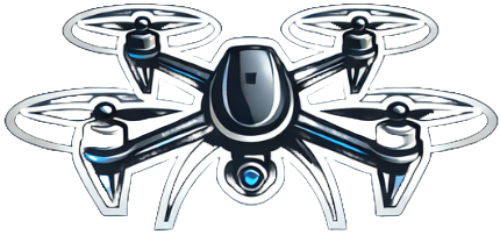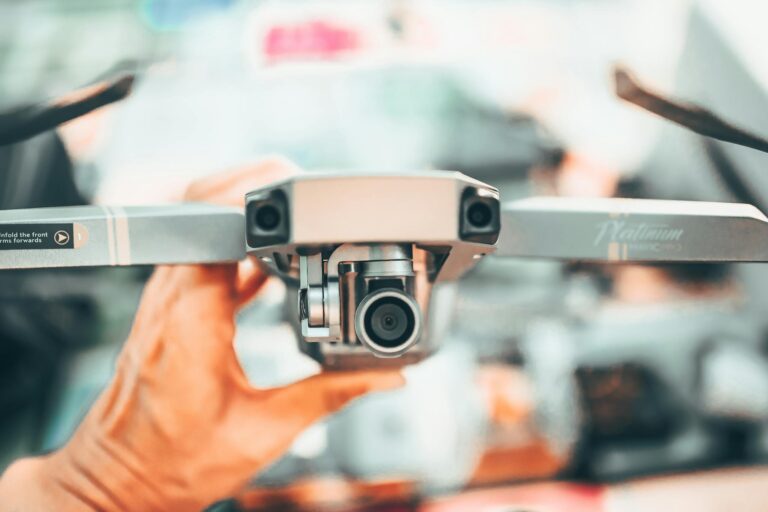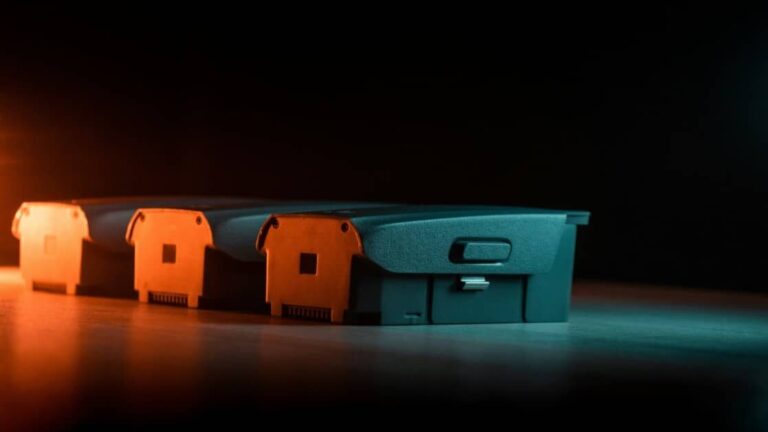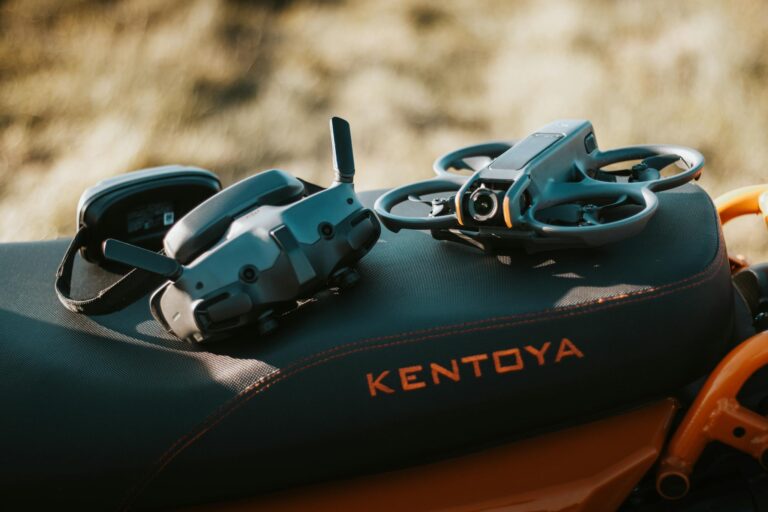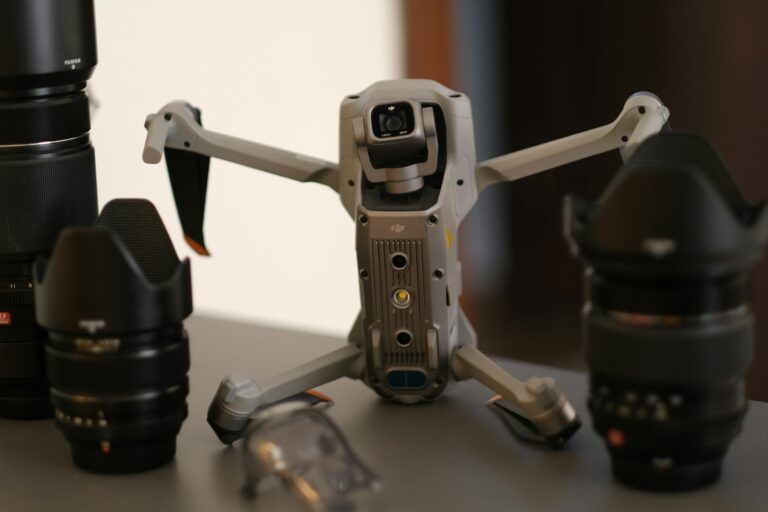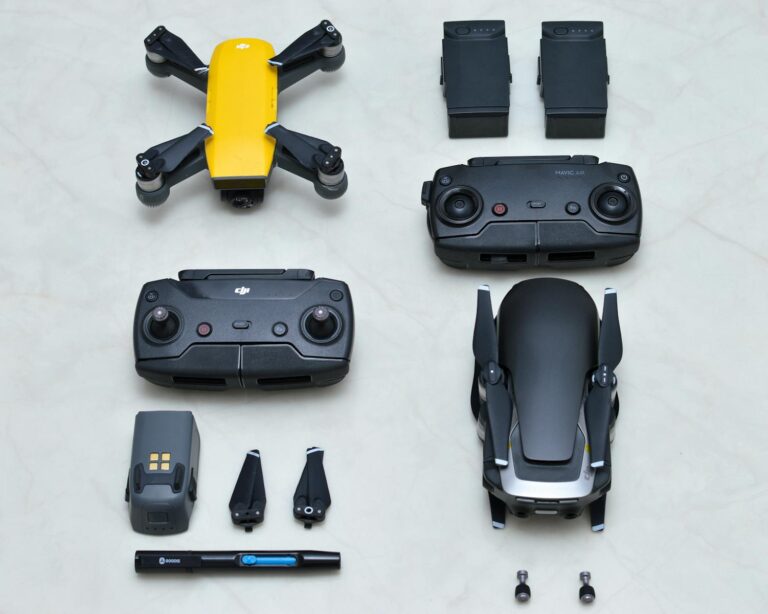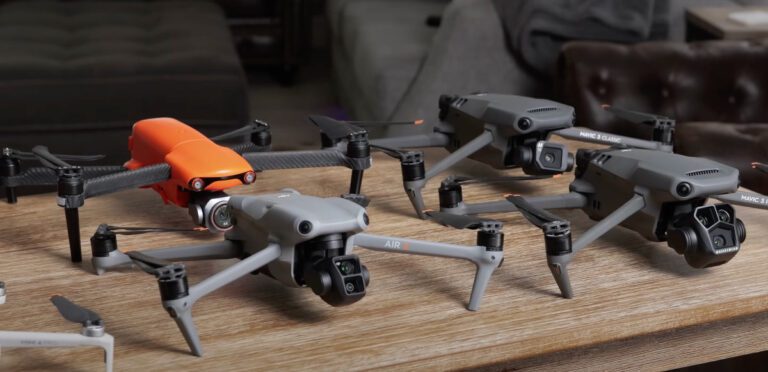Deciding between the DJI Mavic Air 2 vs. DJI Mini 2 depends on your priorities: the Mavic Air 2 offers superior camera capabilities and advanced features, while the Mini 2 excels in portability and ease of use. This guide breaks down the key differences in the DJI Mavic Air 2 vs. DJI Mini 2 to help you make the best choice.
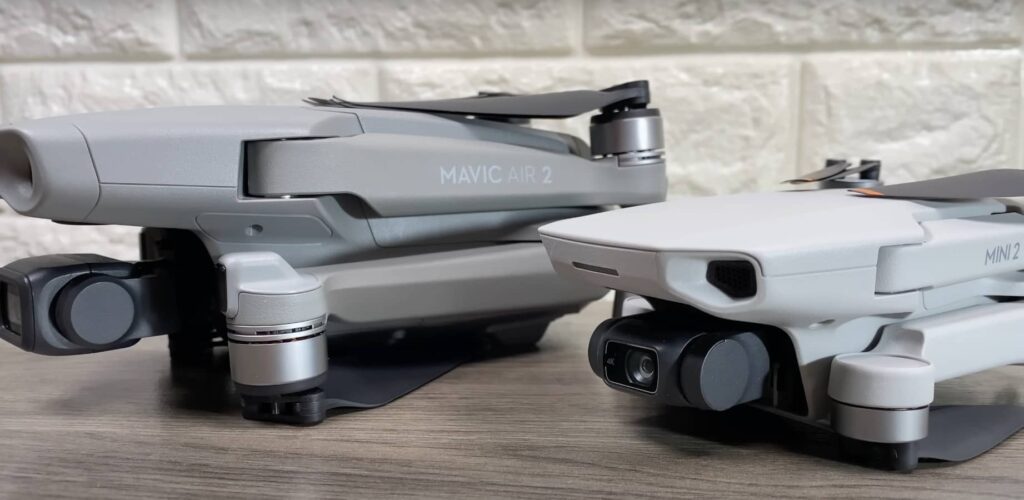
When shopping for a drone, you’ll encounter countless options, but few can rival the popularity of DJI’s offerings. The DJI Mavic Air 2 and DJI Mini 2 are two standout models that cater to different audiences. While they share similarities in build quality and reliability, their features, performance, and pricing vary significantly. In this post, we’ll analyze their differences in depth to ensure you pick the right drone for your needs.
Who Are These Drones For?
Before diving into the technical specifications, it’s helpful to identify who might benefit from each drone:
- DJI Mavic Air 2: Perfect for semi-professionals or enthusiasts who want high-quality camera performance, advanced features, and more flight control. It’s ideal for content creators and drone hobbyists who need robust functionality.
- DJI Mini 2: Geared toward beginners, travelers, and casual drone users. Its lightweight design and ease of use make it a popular choice for first-time flyers and those on a tighter budget.
Design and Portability
Size and Weight
The size and weight of a drone can significantly impact its usability, especially for travelers or those on the move.
- DJI Mini 2: Weighing just 249 grams, this drone is incredibly lightweight and compact. Its weight exempts it from registration requirements in many countries, making it beginner-friendly. When folded, it easily fits into a backpack or even a large pocket.
- DJI Mavic Air 2: At 570 grams, the Mavic Air 2 is heavier and larger but also more durable. While it’s still portable and features a foldable design, you’ll need a dedicated case or bag for transportation.
Travel Considerations
If portability is your main concern, the Mini 2 is the clear winner. However, if you’re willing to carry a slightly heavier device for better performance, the Mavic Air 2 might be worth the extra effort.
Camera and Imaging Performance
When it comes to drones, camera quality is a top priority for most buyers. Whether you’re capturing stunning landscapes or creating social media content, the camera’s specifications can make or break your decision.
Photo and Video Quality
- DJI Mavic Air 2:
- Features a 1/2-inch CMOS sensor.
- Captures 48MP stills with incredible detail.
- Records 4K video at 60fps, providing smoother and more cinematic footage.
- Offers HDR video and a flat color profile for advanced editing.
- DJI Mini 2:
- Equipped with a 1/2.3-inch sensor.
- Captures 12MP stills, which are crisp but lack the fine detail of the Mavic Air 2.
- Records 4K video at 30fps, which is sufficient for casual creators but less versatile for professional editing.
Low-Light Performance
Thanks to its larger sensor and HDR capabilities, the Mavic Air 2 outshines the Mini 2 in low-light conditions. If you plan to shoot during sunrise, sunset, or nighttime, the Mavic Air 2 is the better choice.
Flight Performance
Flight Time
Battery life is another crucial factor when choosing a drone, especially when comparing the DJI Mavic Air 2 vs. DJI Mini 2. Nobody wants their flying experience cut short due to insufficient battery.
- Mavic Air 2: Offers up to 34 minutes of flight time, one of the best in its category.
- Mini 2: Provides 31 minutes of flight time, which is impressive for its size but slightly less than the Mavic Air 2.
If you’re looking to get the best performance from your drone, check out our guide on the best batteries for drones to maximize your flight time.
Wind Resistance
Both drones are equipped to handle winds of up to 10.5 m/s (Scale 5), ensuring stable flights even in moderate wind conditions. However, the Mavic Air 2’s heavier build gives it an edge in stability during windy scenarios.
Intelligent Features
Advanced flight modes can transform your drone experience, making it easier to capture dynamic shots and ensuring safety during flights.
Obstacle Avoidance
- Mavic Air 2: Features forward, backward, and downward obstacle sensors, allowing for safer flights in complex environments. Its APAS 3.0 system enables smooth navigation around obstacles.
- Mini 2: Lacks obstacle avoidance sensors, which means you’ll need to be more cautious when flying in tight spaces.
Flight Modes
The Mavic Air 2 is equipped with advanced modes like:
- ActiveTrack 3.0: Automatically follows a subject.
- Point of Interest 3.0: Circles a specified subject for dynamic shots.
- SmartPhoto: Optimizes photo settings automatically.
The Mini 2 has basic QuickShots modes like Dronie, Rocket, and Circle, which are easy to use but less versatile.
Control and Connectivity
Range and Transmission
Both drones use DJI’s OcuSync 2.0 transmission technology, offering a range of up to 10km under FCC regulations. This ensures a reliable connection, even at long distances.
Remote Controllers
Both models feature intuitive remote controllers with ergonomic designs. However, the Mavic Air 2’s remote provides slightly better control for advanced maneuvers.
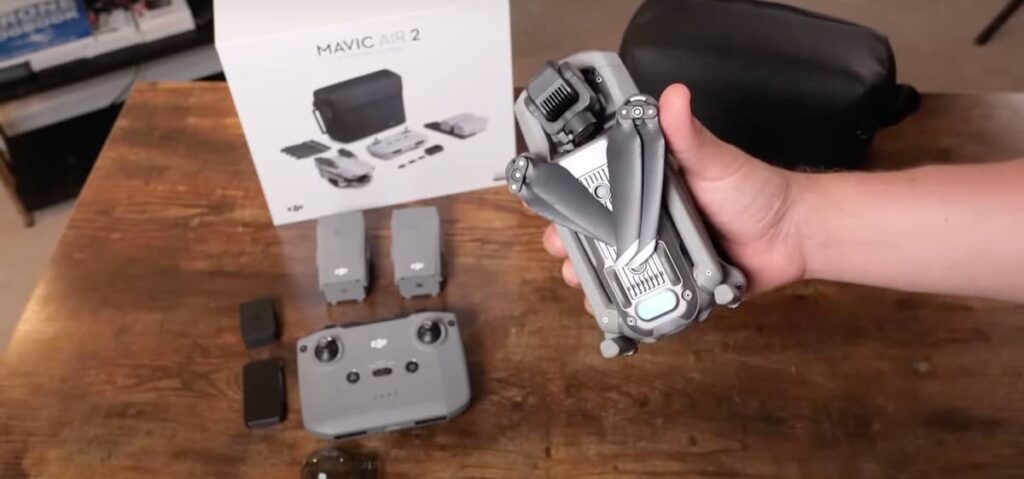
Pricing and Value
Price is often the deciding factor for many buyers. Here’s how the two drones compare in terms of cost:
- DJI Mini 2: Priced at $449 for the basic kit, it’s the more affordable option. This makes it ideal for hobbyists or those new to drones.
- DJI Mavic Air 2: Starting at $799, it’s a bigger investment but justifiable for its superior features and performance.
Accessories and Add-Ons
Both drones have a range of accessories available, from spare batteries to ND filters. The Mavic Air 2 offers more professional-grade options, while the Mini 2 focuses on essentials like extra propellers and carrying cases.
Pros and Cons Table
| Feature | DJI Mavic Air 2 | DJI Mini 2 |
|---|---|---|
| Pros | – Superior camera quality (48MP photos, 4K 60fps video) | – Lightweight and highly portable (under 249 grams) |
| – Advanced flight modes like ActiveTrack 3.0 and SmartPhoto | – Affordable price, great for beginners | |
| – Longer flight time (up to 34 minutes) | – Easy to use with simple QuickShots modes | |
| – Obstacle avoidance sensors for safer flying | ||
| Cons | – Heavier and less portable | – Limited camera and flight features |
| – Higher price point | – No obstacle avoidance sensors |
Conclusion: Which Drone Should You Choose?
Your choice between the DJI Mavic Air 2 vs. DJI Mini 2 depends on your needs and budget, making it essential to weigh their features and pricing carefully.
- Choose the Mavic Air 2 if: You want a feature-rich drone for professional-quality photos and videos, with advanced flight modes and robust obstacle avoidance. It’s an excellent choice for serious hobbyists and content creators.
- Choose the Mini 2 if: You’re a beginner or casual user who values portability and affordability. It’s perfect for travelers and first-time drone owners.
Ultimately, both drones are fantastic in their respective categories. Assess your priorities and budget to make the best decision for your aerial photography and videography goals.
Check out our Beginner’s Guide to Choosing the Right Drone for Your Needs.
